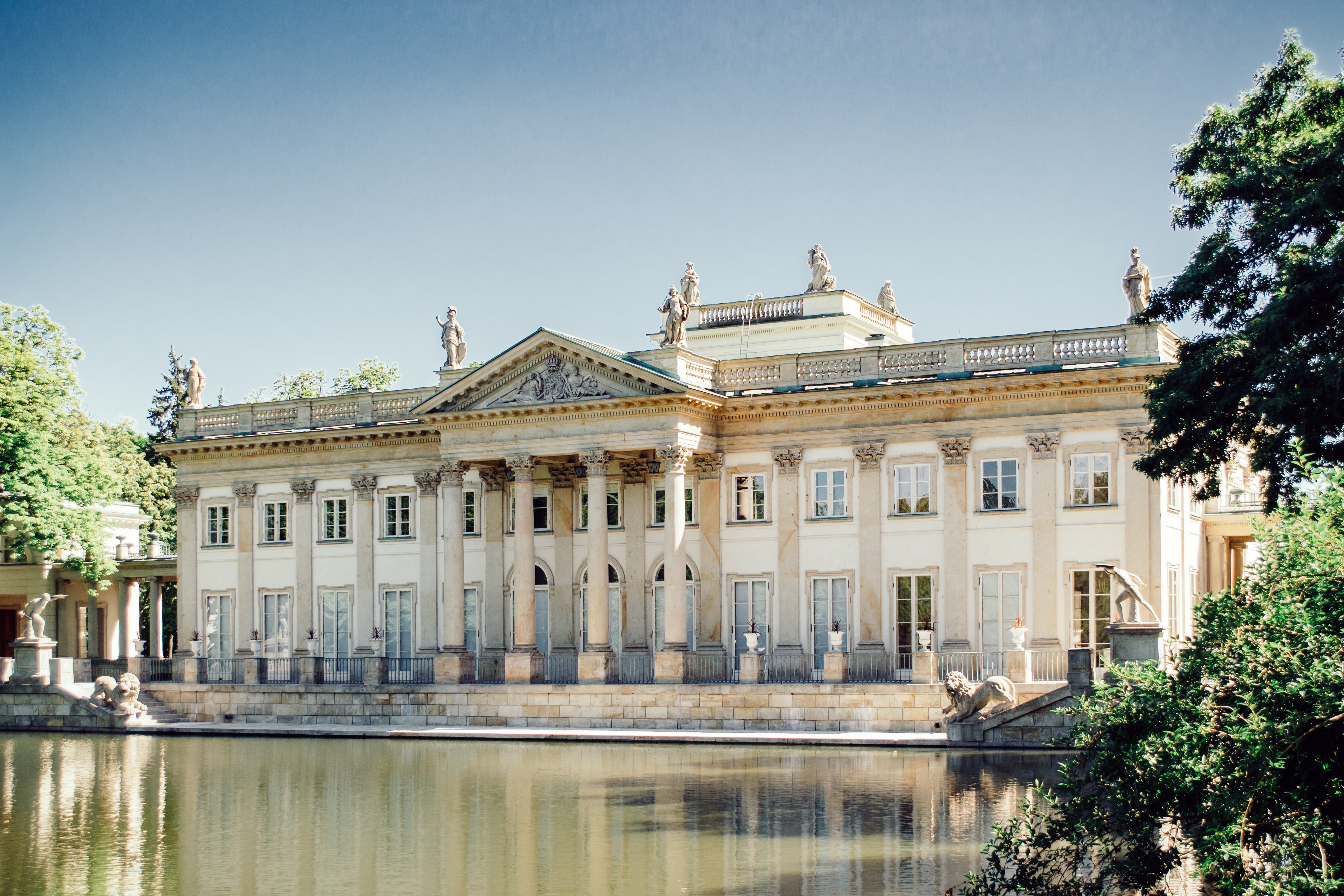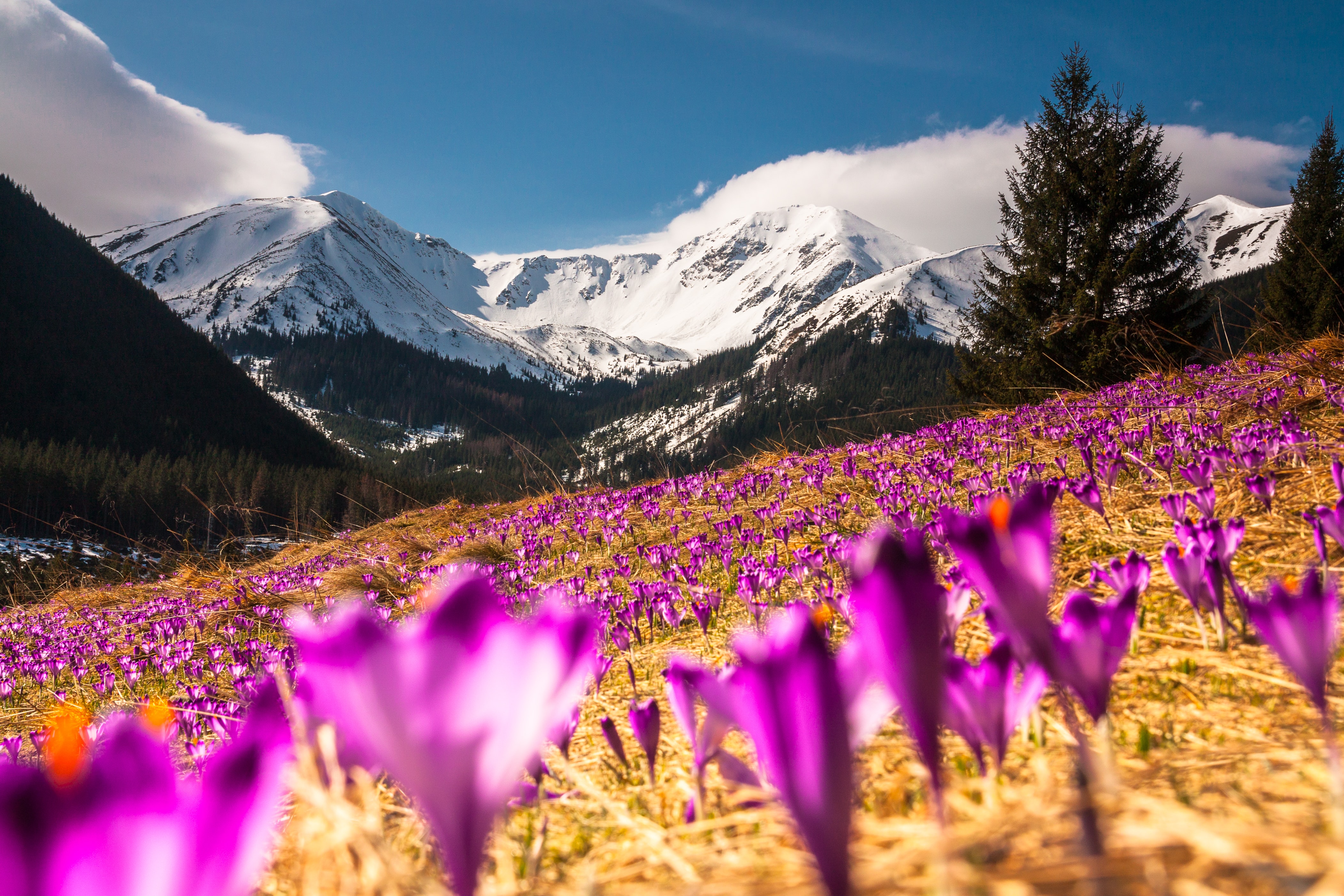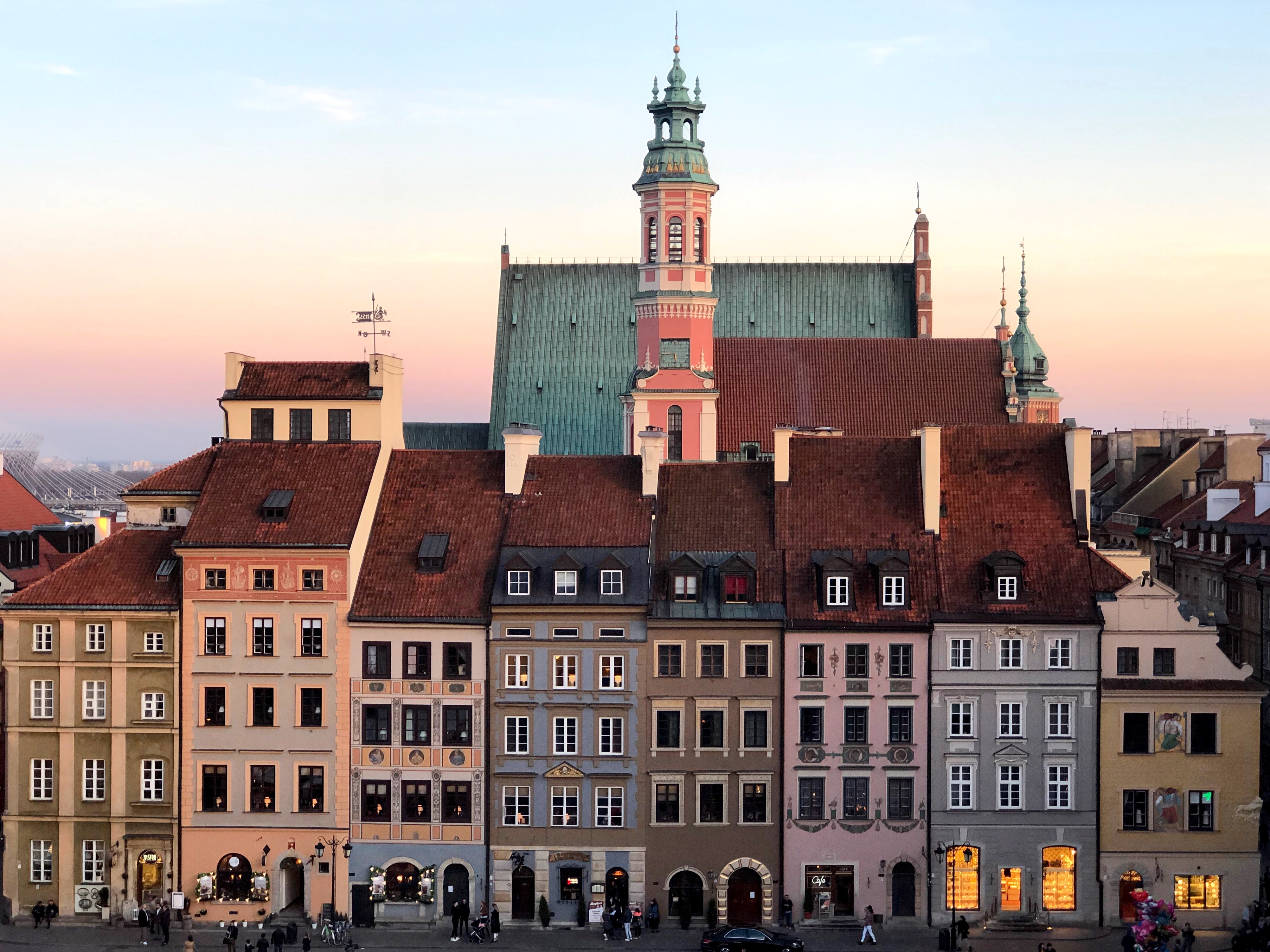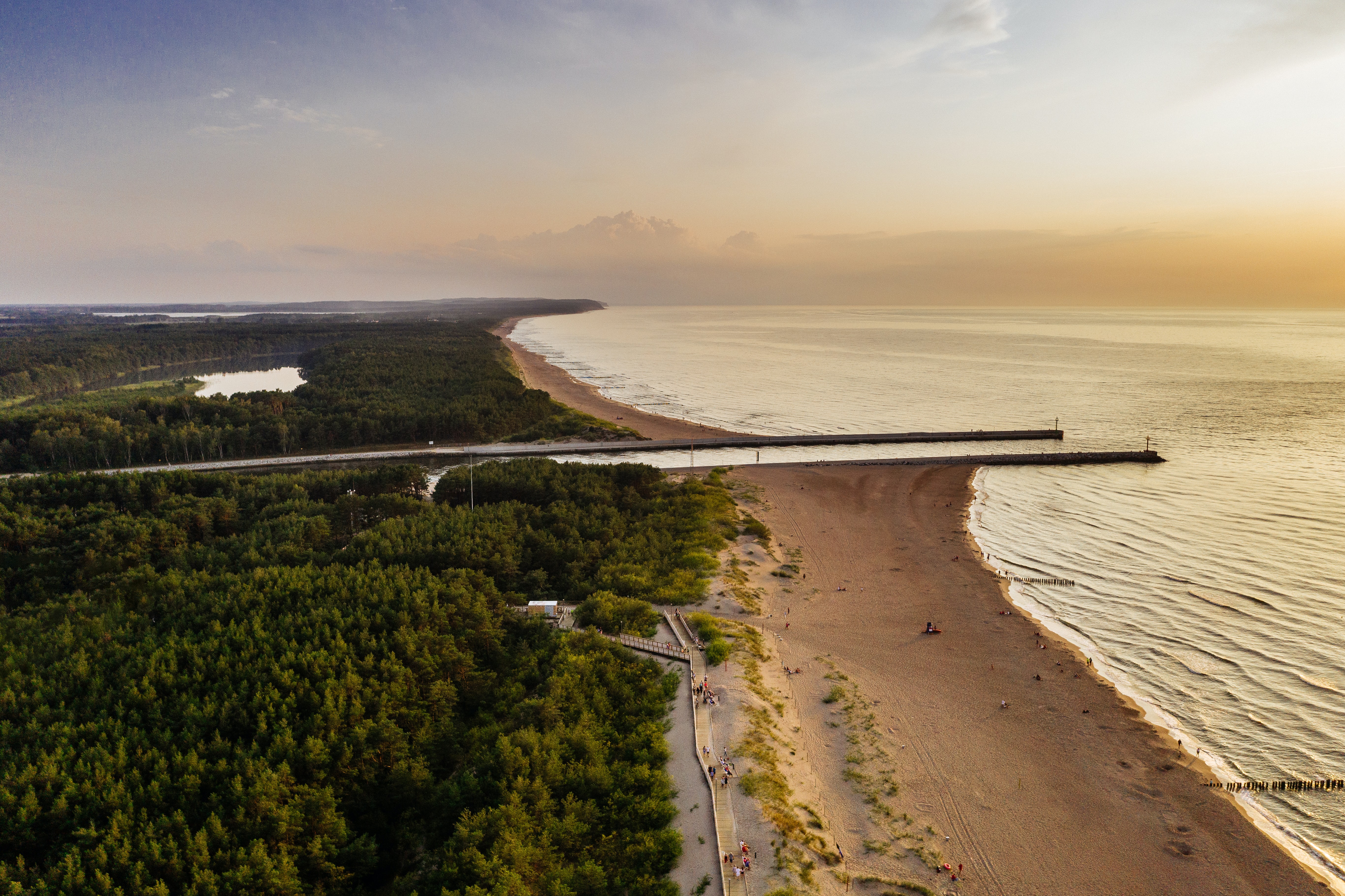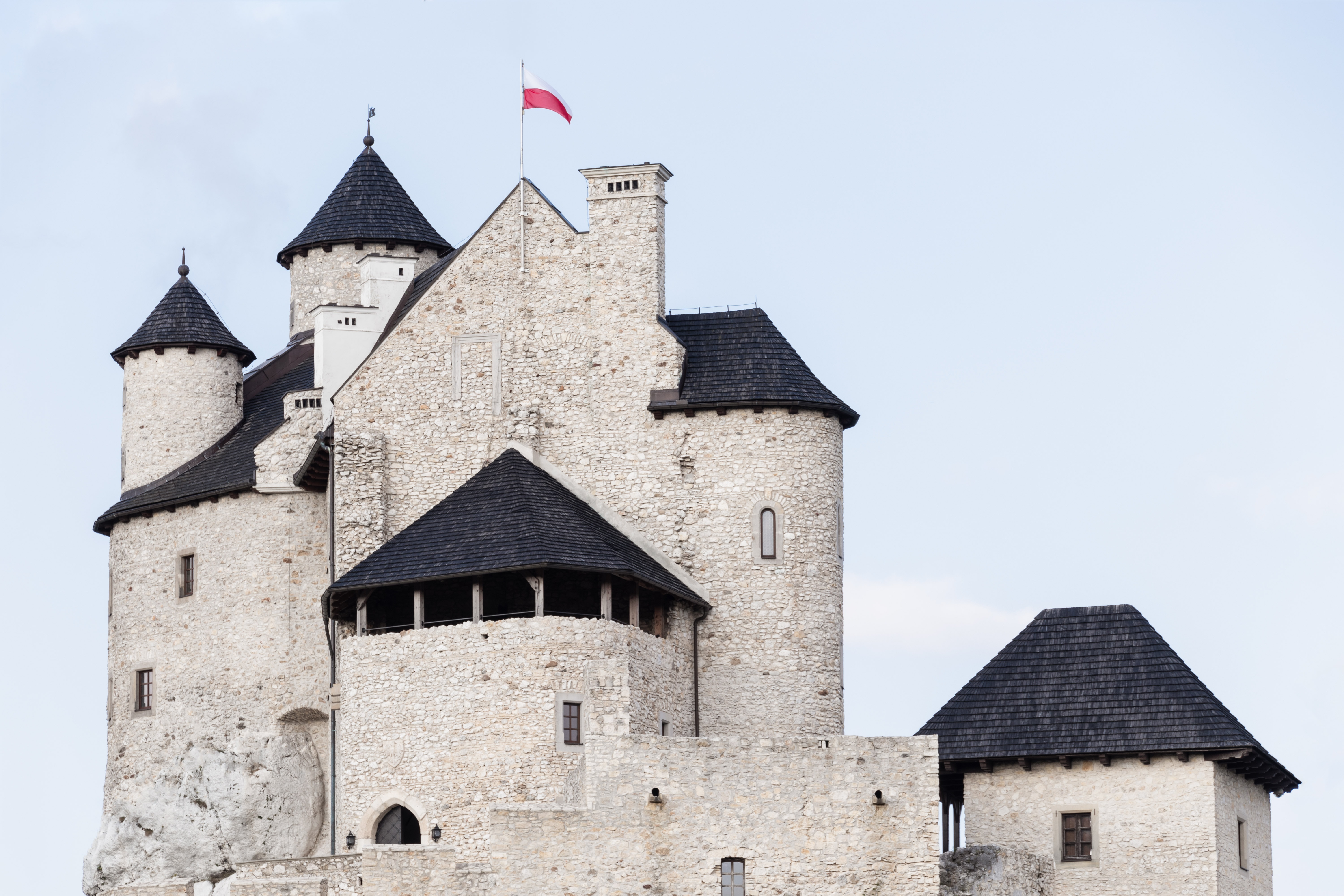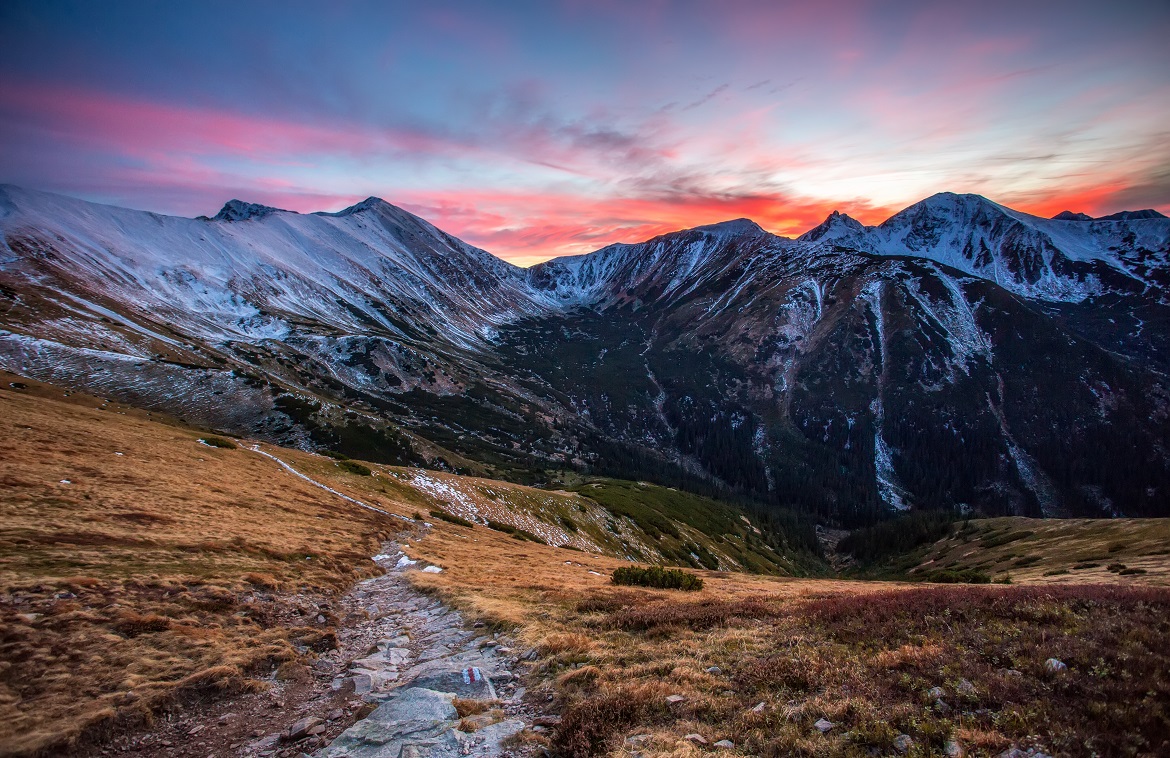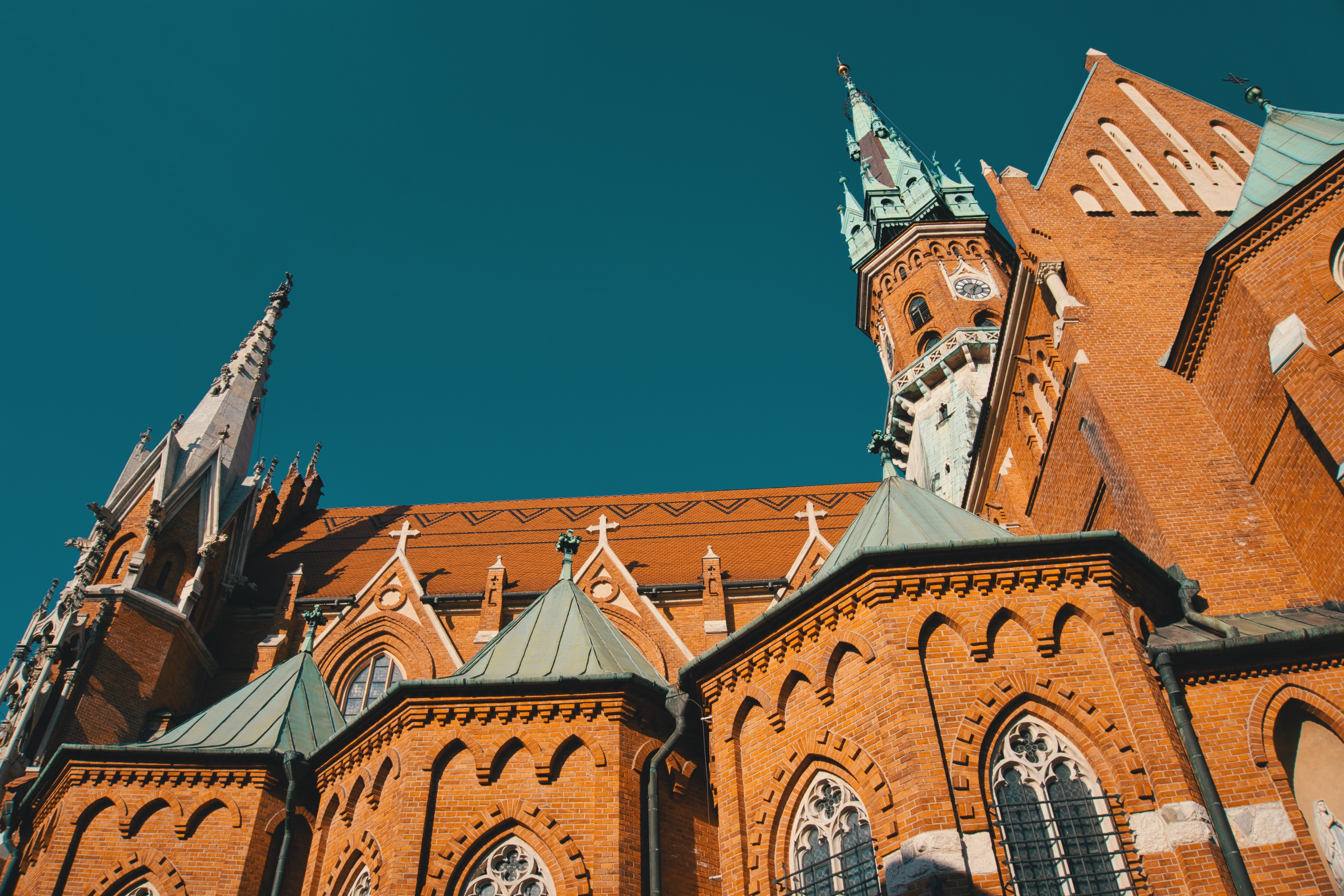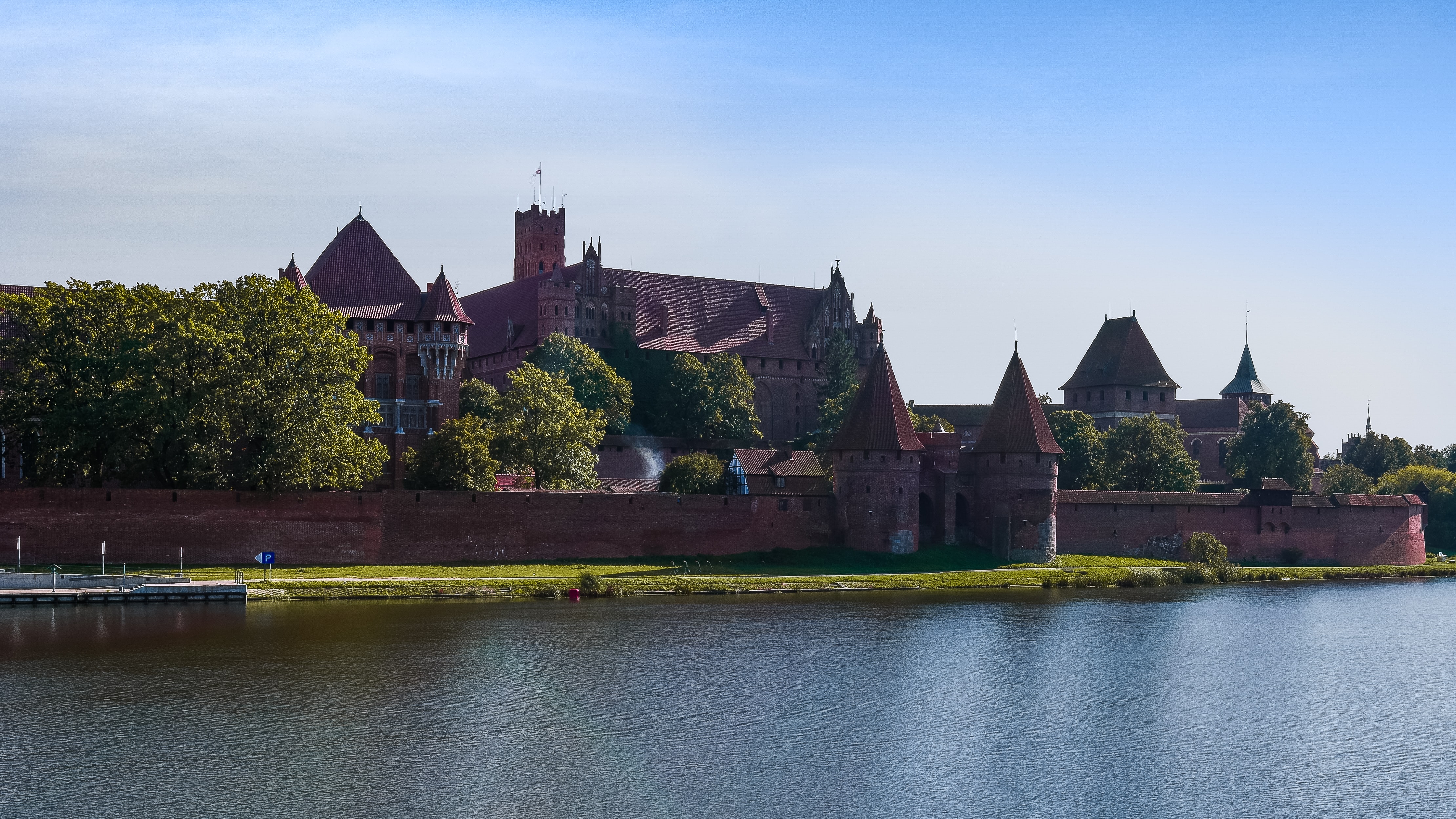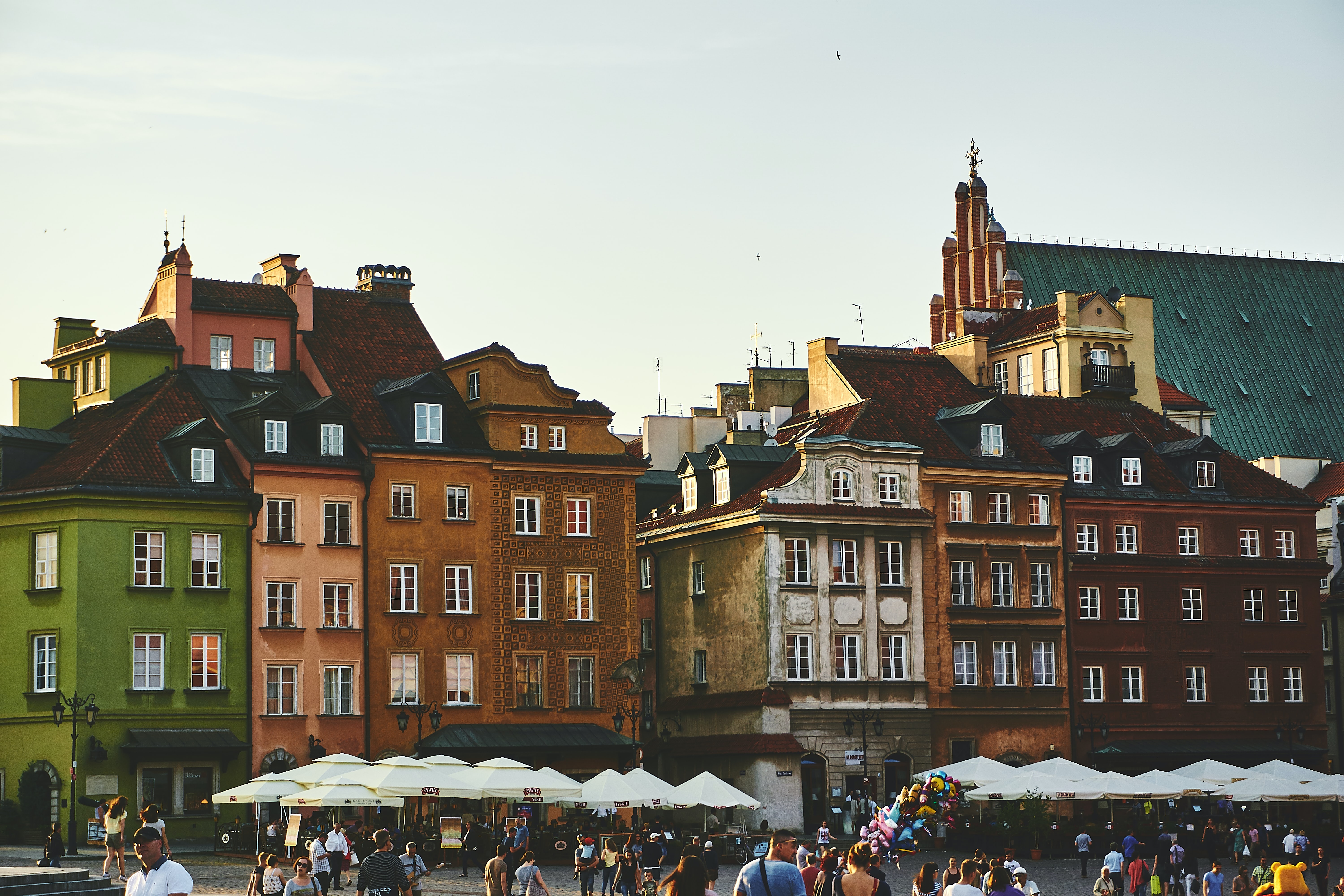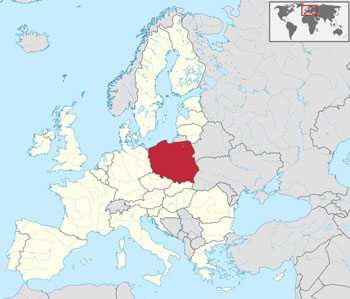Source: Polish Tourism Organisation.
If you are coming to study in Poland, this might be the beginning of a fascinating adventure for you in discovering Europe. Poland not only offers interesting cultures and the opportunities associated with innovative economies, but it also provides the best conditions for successful higher education studies in a challenging and friendly atmosphere. Study in Poland provides the top-quality education, internationally recognised degrees and highly appreciable infrastructures, almost no other region in the world can set your career off to such a promising start!
1) Official name: Republic of Poland (short form: Poland), Rzeczpospolita Polska (short form in Polish: Polska)
2) Official Language: Polish
3) Location: Central Europe. Poland borders Germany, the Czech Republic, Slovakia, Ukraine, Belarus, Lithuania and Russia (the Kaliningrad exclave). Its northern border (440 km long) runs along the Baltic Sea coast.
4) Capital city: Warszawa (Warsaw: population 1.7 million / Warsaw agglomeration: 2.5 million)
5) Population: 38 million. Poland has the seventh-largest population in Europe (omitting Russia), and the sixth-largest in the European Union.
6) Time zone: Poland belongs to the Central European time zone (GMT + 1 hour / UTC + 1 hour), except for between the last Sunday in March and the last Sunday in October when it switches to daylight saving time.
7) Climate: The Polish climate is moderate continental, with relatively cold winters (from December to March) and hot summers which extend from June to August. January temperatures average -1°C (30°F) to -5°C (23°F). July and August average temperatures range from 16.5°C (62°F) to 19°C (65°F), though some days the temperature can reach even 35°C (95°F).
8) Currency: 1 zloty (PLN) = 100 groszy (current exchange rates: www.nbp.pl)
9) Calling code: + 48; Internet domain: .pl
10) International organisations: Poland is a member of the European Union (EU), the Schengen Area, North Atlantic Treaty Organisation (NATO), United Nations (UN), International Monetary Fund (IMF), United Nations Educational, Scientific and Cultural Organisation (UNESCO), United Nations International Children’s Emergency Fund (UNICEF), World Health Organisation (WHO), World Trade Organisation (WTO), Organisation for Cooperation and Development (OECD) and many others.
Main Polish cities
– the capital of Poland with over 1.7 million inhabitants. It is a business city, to which many Poles migrate searching for education and job opportunities. Thanks to its 50 plus higher education institutions, it has a vibrant spirit and constitutes an important scientific and cultural centre. The city was almost completely destroyed during World War II. Its present architectural landscape has largely been shaped by the years of communism (symbolized by the Palace of Science and Culture) and its entrepreneurial character (skyscrapers).
– the former seat of the royal family and capital of Poland until 1596. Its stunning architecture and treasures of art attract thousands of tourists each year. It is considered the cradle of the Polish science because the first Polish university, the Jagiellonian University, was founded here in 1364. Today, it is an important cultural and academic centre with over 730,000 residents.
– the fourth-largest Polish city and the capital of Lower Silesia (Dolny Śląsk). Wrocław has a large, beautiful Old Town, whose unique atmosphere is a result of its rich history and astonishing location. It is situated on several islands that are surrounded by the Oder River and its tributaries. Wrocław is a city of students, known for music and theatre festivals, as well as its bustling nightlife.
– a major Polish seaport. Together with Gdynia and Sopot, it forms a metropolis called Tricity (Trójmiasto) with approximately 750,000 inhabitants. It has a beautiful Old Town reflecting its long and turbulent history. It used to be an important Hanseatic city and was owned alternately by Poland and Germany. It is also the city where World War II began and the birthplace of the Polish Solidarity movement.
– one of the oldest and largest Polish cities. Thanks to its location on the Paris-Moscow route it has always been an important transport and trade centre. International Trade Fairs have been held here annually since 1925. Today, the city’s economic power peaks due to numerous foreign investments. This, together with a great number of universities and research institutes, makes it the second fastest developing city in Poland.
– the third largest city in Poland in terms of the population, located in the centre of the country. In the 19th century, it used to be the main industrial power of Poland thanks to its textile industry. Recently, however, it has been turning into a cultural centre, partly because of the Łódź Film School, an internationally renowned Polish film school where most famous Polish actors, cameramen and directors such as Roman Polanski and Andrzej Wajda learnt their profession. In total, the city has over 25 higher education institutions.
Source: Academic Planner for Erasmus+ students in Poland, Foundation for the Development of the Education System (FRSE), Warsaw 2014


